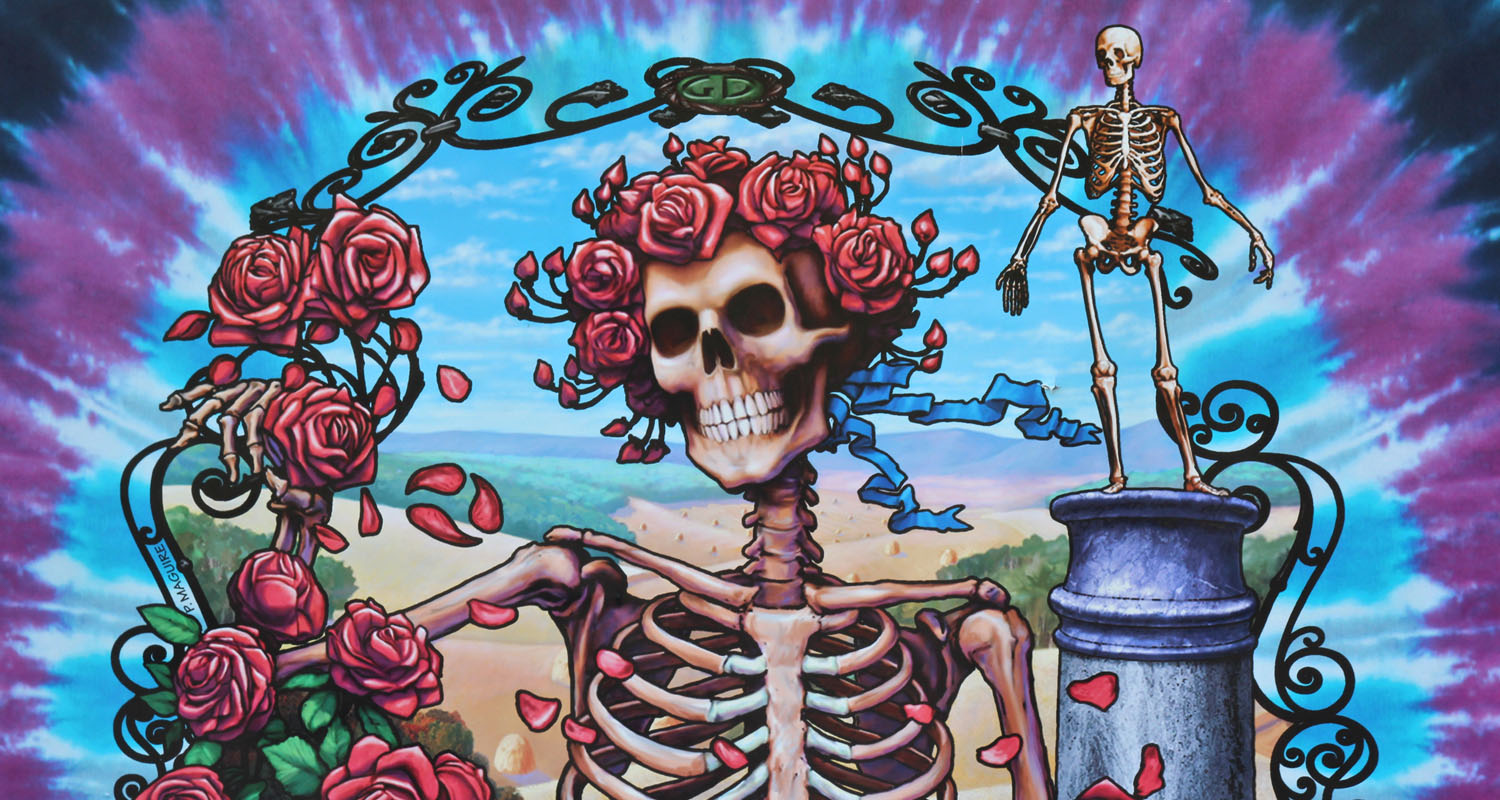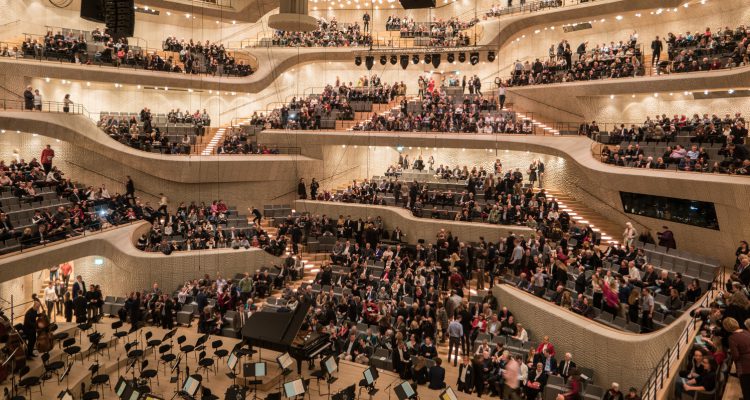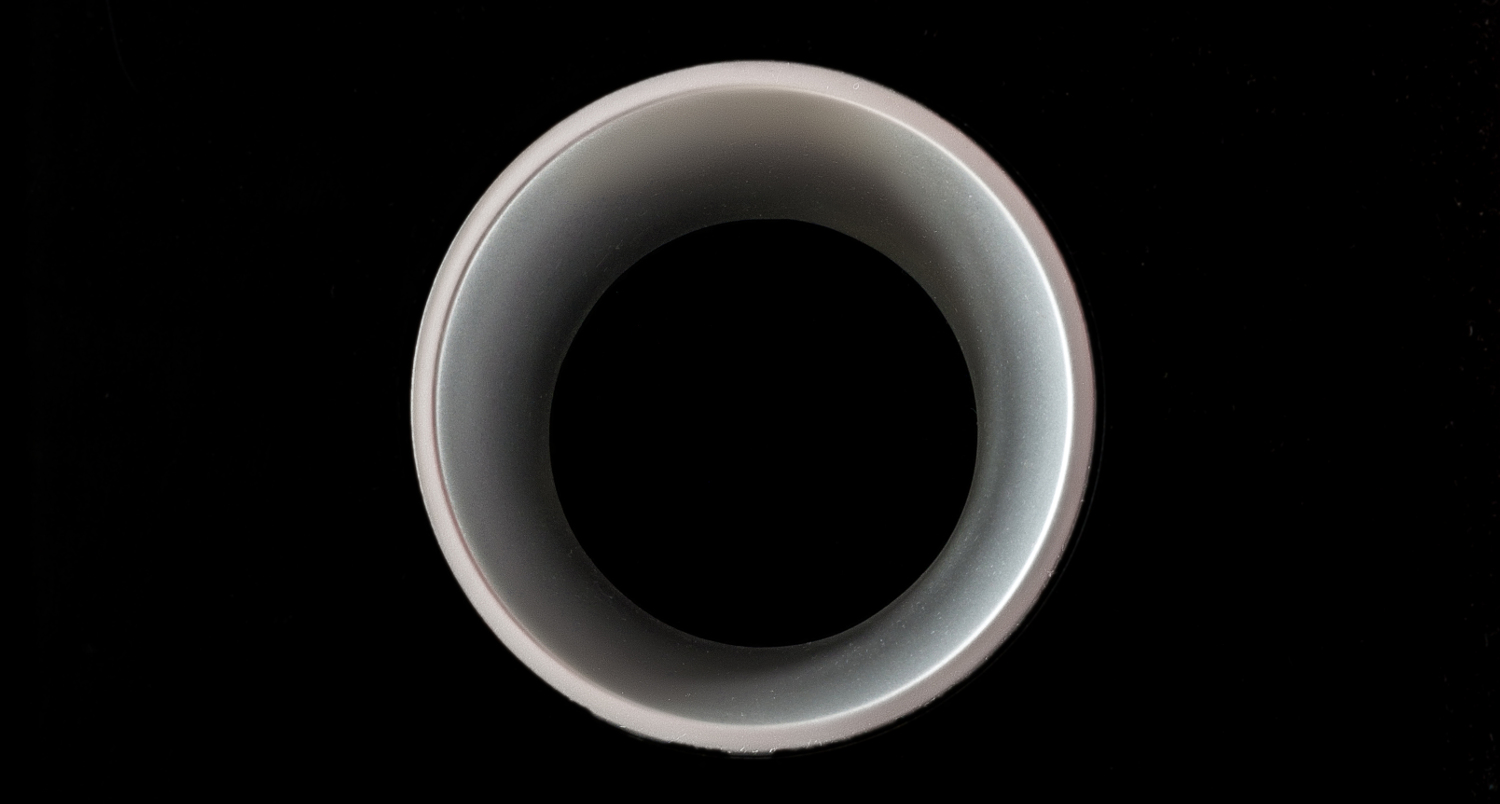Concert sound systems in the 50s and 60s
Concert sound systems have evolved quite a bit since the 1950s and 60s. Low-fidelity amps and speakers at the time limited and guided popular music forms which were simple, loud, and often distorted. This “rock ‘n’ roll” style developed as many guitarists like Chuck Berry and Ike Turner pioneered an approach that made distortion a style element in their songs. Later artists like Jimi Hendrix and The Kinks continued to do this well into the 1960s as the speakers used during concerts remained little more than repurposed public address systems. The often cobbled together amp and speaker combinations were not designed to render a full frequency range and produced a sound image marred by frequency gaps and distortion.
An additional problem was that the musicians could often not properly hear themselves on stage, a basic requirement for any group playing together. The Beatles are a good example of a band that learned to play together on stages with poor audio, developing highly structured, short songs held together by a strong beat. Yet a looser, more complex style of music became popular in the latter half of the 60s – think Jefferson Airplane, The Doors, Big Brother and the Holding Company, The Association, and The Byrds. This was a major challenge for live performances considering the speaker systems of the day.
Grateful Dead open air concerts and the need for better sound
Forming literally in the middle of the 1960s in California, the centre of the musical and cultural revolution, The Grateful Dead represented a new style of music that set no limits in terms of influences or even structure. Musical genres as disparate as reggae, folk, country, and jazz were all united by founding members Jerry Garcia , Bob Weir, Ron “Pigpen” McKernan , Phil Lesh, and Bill Kreutzmann. Rejecting the simple and tight song structure that defined early rock, The Grateful Dead established a style of “psychedelic music” that was less-structured and more complex.
With a unique style of improvised music and a culture of playing live to devoted “deadhead” fans, it’s not surprising that The Grateful Dead was unhappy with the sound systems they used in their early tours. None of them could do justice to their freely improvised sound which promised live audiences a truly unique experience at each venue. Compounding the problem was the fact that by the early 70s, the typical audience size and venue had also grown substantially, and it was becoming clear to the group that if they were ever going to have a proper sound system for live performances, they would have to design it themselves.
The Wall of Sound goes on tour: 23.3.1974
This they did along with audio engineer Dan Healy and Alembic Inc. Studios at an estimated cost of over a quarter million dollars. The result was an incredibly ambitious and ground-breaking loudspeaker construction called “The Wall of Sound” which made its touring debut on March 23rd 1974 at Cow Palace in Daly City, California.
The Wall of Sound used 26,400 watts of continuous power divided between 6 electronically distinct systems, each dedicated to either vocals, piano, drums, lead guitar, rhythm guitar, or bass. A total of 11 independent channels, including one for each string on Phil Lesh’s bass, were employed to deliver clear sound with very low levels of distortion and a stereo image that offered a good separation of the individual instruments.
Since high frequencies tend to have a narrow radiation pattern – a phenomenon sometimes called “beaming” – the speakers dedicated to the vocals (high and mid range unless you’re Johnny Cash) were located in the center and curved outwards to create a broader dispersion. The placement of all speakers behind the musicians meant that they are able to hear themselves and each other play, essential for the Grateful Dead’s loose and improvised style.
The Wall of Sound also incorporated a sophisticated microphone arrangement designed to eliminate feedback from the speakers they faced: Each singer had two omnidirectional microphones that were out of phase with each other. The singers sang into only one of the mics, and any sounds shared by the microphones – which would be everything being blasted into them by the speakers – would be canceled out..
The ultimate buzz kill: Setting up the Wall of Sound
With The Wall of Sound, the Grateful Dead had envisioned a very natural sound, only louder. And the system was loud enough that everyone within a quarter mile radius could enjoy their music. Unfortunately, the sound, especially from the noise canceling microphones, did not quite live up to expectations. In addition, the incredible expense and time involved in setting up and dismantling such a gargantuan system, including a huge framework of scaffolding, could not be justified and it was abandoned after the 1974 tour.
The Wall of Sound’s legacy
Forty years on, the Wall of Sound is emblematic a certain high-minded impracticality and love of experimentation that originated on the West Coast of America in the 1960s. It also remains a testament to how far artists will go to share their work in its truest form as well as how music pushes back on the boundaries of recording and playback technology.
Today, recordings of the Grateful Dead’s concerts in stereo and 5.1 surround continue to be popular and many of the better ones come close, fans say, to reproducing some of the magic of a live concert.
But whatever happened to the original wall of sound? According to former Grateful Dead roadie Richard PechnerOpens in new tab, all of the equipment was recycled or otherwise “spread around.” He added, “I think the Wall had a great after life.” Amen.





Leave a Reply